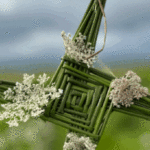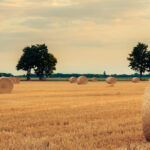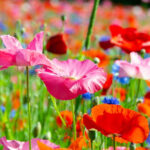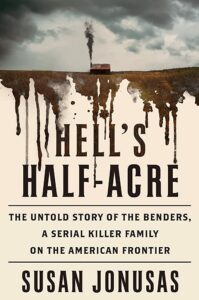
Hell’s Half-Acre: The Untold Story of the Benders, a Serial Killer Family on the American Frontier
Susan Jonusas
Non-fiction, hardback
A deep look into the mysterious Bender family, whose claim to fame involved murdering at least 11 people and burying them in their Kansas homestead orchard.
Many sensational reports have been written about the “bloody Benders” and their murderous rampage, but Jonusas’ book tells what happened after — the family’s disappearance into the wild west, the discovery and identification of the victims, and law enforcements’ often shoddy attempts to catch the killers.
This is a great read for true crime lovers, amateur sleuths, and those interested in learning the real story behind one of early America’s most horrifying crimes.
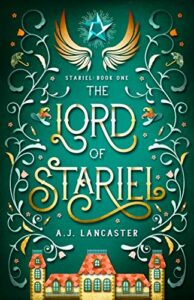
The Lord of Stariel
A.J. Lancaster
Fiction, audiobook
Henrietta Valstar returns home for her father’s funeral, looking forward to neither it or the subsequent “choosing.” But when the land makes an astonishing choice, it’s up to the new Lord of Stariel to uncover plots that threaten to bring the magical land to ruin.
This is a classic gaslight fantasy: semi-Victorian setting, pearl-clutching mamas, a plucky yet somehow still slightly dim heroine, ruthlessly attractive men, and magic. Some of the twists were very predictable, others not so much. I liked the characters and the world building. Did I enjoy it enough to read the next four books in the series to find out what ultimately happens? I did not.
Perfect for fantasy readers who want something fun that moves quickly (and promises some spiciness in later books).

The Book of Phobias and Manias: A History of Obsession
Kate Summerscale
Non-fiction, hardback
A short A-to-Z compendium of the things humans are afraid of or obsess over. You’ll probably self-diagnose at least twice.
Based on her other book, The Wicked Boy (which I loved!), Summerscale is obsessed with the bizarre hold our brains have on our feelings and behavior. Reading the entries for things like agoraphobia and plutophobia was cool, but what I found most interesting — and wanted more of — were details on the specific cases Summerscale mentions. What were the inciting moments for their phobias/manias? How did they feel about the treatments they received? Was their recovery permanent or temporary?
While a little light on substance, this was a fast, engaging read that gave me plenty of fun facts to share at future parties.
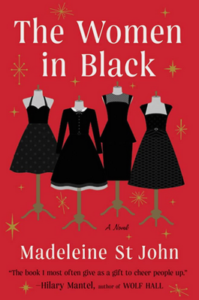
The Women in Black
Madeleine St. John
Fiction, paperback
A sweet novella set in 1950s Australia focused on the women who run the Ladies’ Cocktail Frocks department at the famous F.G. Goode department store.
Whether looking for love, disappointed in marriage, enjoying their life in a new country, or wanting to reinvent herself, I found each of the women relatable and lovely. The story was gentle, the stakes low, the humor bubbly. Because I’m a cynical monster, I kept waiting for something awful to happen. But rest assured there is a satisfying ending and good feelings all around.
Read this when you’re looking for something to make you smile.
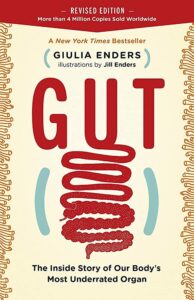
Gut: The Inside Story of Our Body’s Most Underrated Organ
Giulia Enders
Non-fiction, paperback
We’ve known for a long time that your gut is responsible for digestion and making sure your body gets the nutrients it needs. But research is starting to show that your gut may have a bigger impact on what your brain thinks and does than we ever imagined.
It is abundantly clear that the author is obsessed with the human gut-mind connection — her excitement and passion come through clearly in her writing, and it’s fascinating stuff. I had no idea that our gut microbiome weighs as much as 4.5 pounds and contains about 100 trillion bacteria, or how cool the physical mechanics of vomiting are. Then you add on the mounting evidence that what goes on in the stomach affects the brain, and you’ve got a recipe for a lot of mind-blowing moments.
Although some of the too-sciencey-for-me sections prompted some skimming, overall I found the book really interesting. It also made me want to re-read Mary Roach’s Gulp: Adventures on the Alimentary Canal.
Photo by Yoksel 🌿 Zok on Unsplash


